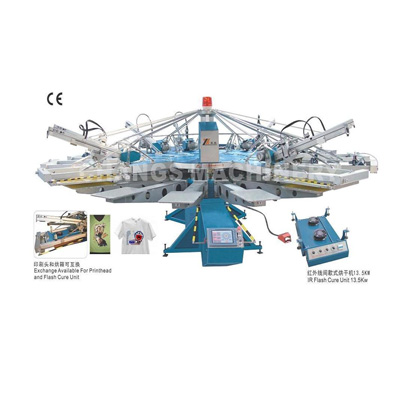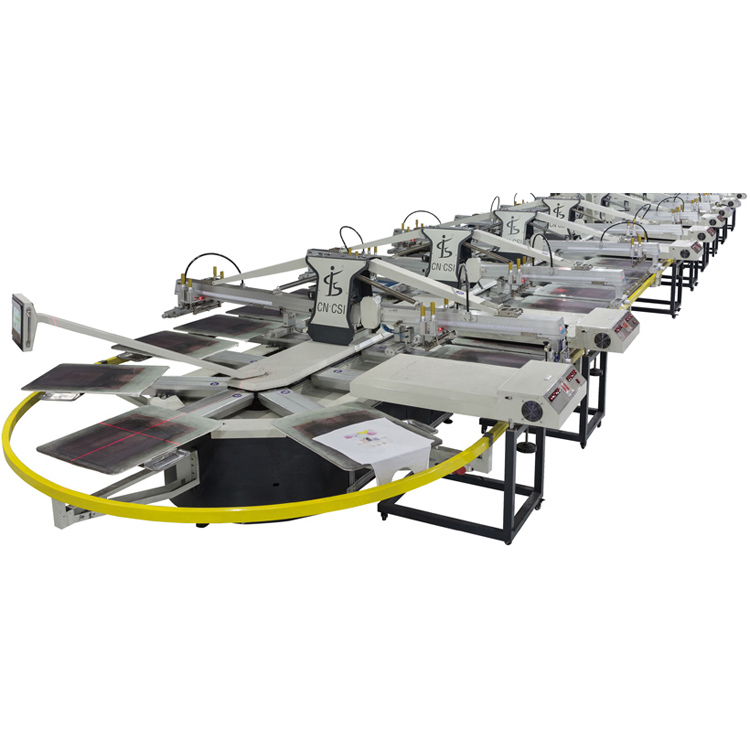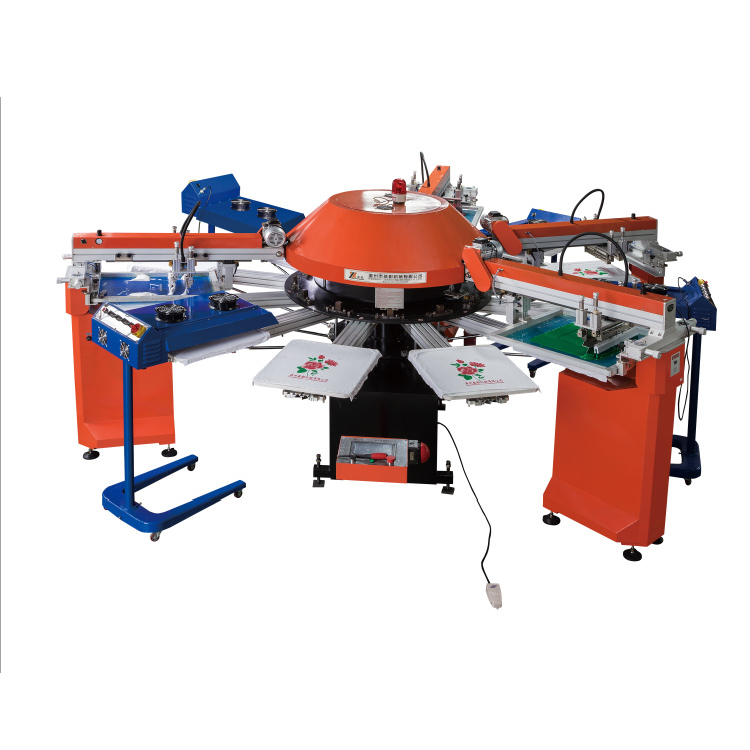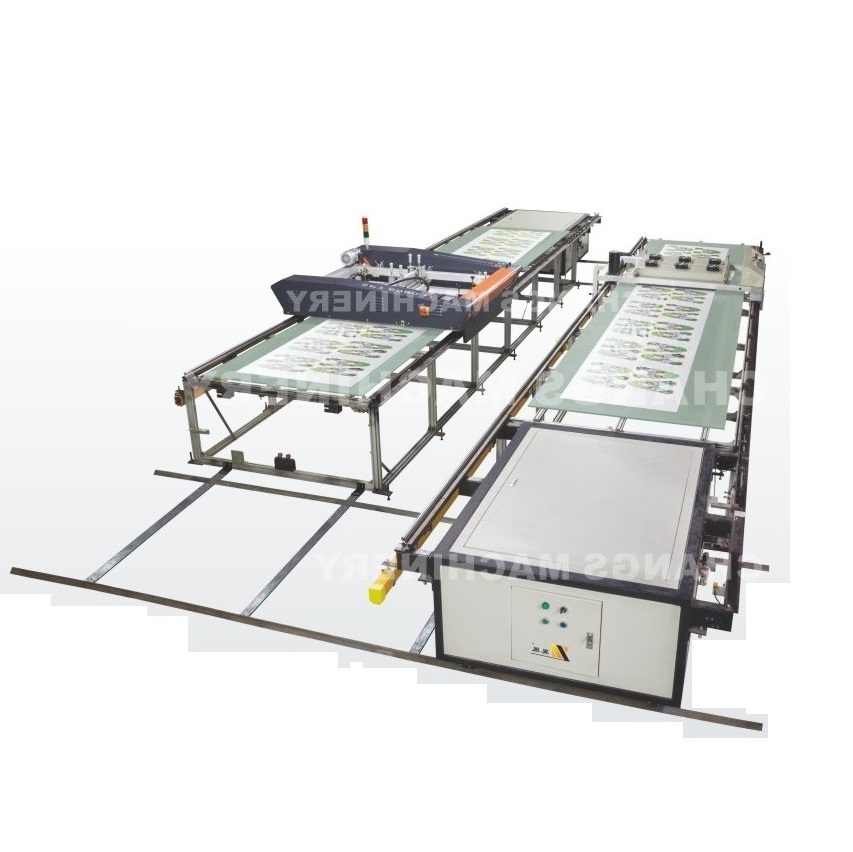Application range of screen printing machine: instructions on products, decorative patterns on home appliances, T-shirt patterns, guide cards, book covers, posters, business cards, clothing, gifts and toys, hair accessories, decorative ribbons for birthday cakes, Wedding dress up, etc.

The general process is as follows: screen printing file output→film production→stencil production→color printing→ink curing
【01】Screen printing file output
It is the screen printing production document sent by the designer to the manufacturer. Because most of the screen printing production is single-color or multi-color overprinting, we need to process the document at the early stage of design. The best document format is a vector file. If the graphics are small or the definition requirements are low, high-definition image formats are also available.
Because screen printing can only be monochrome printing and monochrome overprinting in a narrow sense, the designer needs to perform layered processing on the document. For example, the black and red/black and blue picture below needs to split the silk screen twice.
Everything is not absolute, and there are some artistic creations that do not need to ensure consistency and can achieve multi-color simultaneous screen printing. What we need to talk about below is monochrome printing and monochrome overprinting. To be precise, it should be single-effect or single-effect overprinting.
Layering according to a single effect, including layering according to color, and also including layering according to ink type, thickness, transparency, graphic change level, screen mesh number, line number, etc.
After the layering is completed, the designer should also pay attention to the order of each layer. Different orders will also affect the effectiveness of the final screen printing work.
Designers should conceive the effect they want at the early stage of design, and then convey it to the manufacturer for production in the form of documents. This can not only save costs but also effectively control the effect output.
After you are familiar with the whole process, you can even recommend manufacturers to use inks and glitters with a certain effect from a certain manufacturer, so as to achieve the desired effect.
【02】Film Production
The film, photosensitive film, and film for photography, film, is the old translation of the film, now generally refers to film, and can also refer to the negative film in printing plate making. The substrates used in screen printing production mainly include PVC, pc, pet, and pp, and the size depends on the size of the machine, and general products can be satisfied.
【03】Production of the screen printing screen
The stencil includes the screen frame and gauze. It needs to be made according to the design documents, and then the photosensitive glue is brushed on the finished stencil. After drying, the film is used for exposure. The black area of the film mainly plays the role of blocking light, so that The photosensitive adhesive cannot be cured, and the transparent place is cured by exposing the photosensitive adhesive. After the exposure is completed, the uncured photosensitive adhesive can be washed off with water to obtain the desired graphic text.
Stencil-making specific process:
Material selection→screen frame polishing→level inspection→screen frame stretching→mesh deesterification→stencil sizing→exposure→stencil washing→retouching→edge storage
【04】Color printing
The color of silk screen printing has basically been determined at the early stage of design, but the first color palette is best provided by the designer, which requires the designer to make adjustments by himself. Screen printing inks are similar to paints for painting, except that they have more transparent colors, which can be easily done by designers who have learned to paint.
Printing is divided into two types: manual and mechanical, and it is technical work, so the designer can rest assured that the master can handle it.
【05】Ink curing
According to the classification of substrates, there are ink for metal, ink for plastic, ink for glass, ink for paper, ink for wood, ink for fabric, ink for a special purpose, etc. The different sizes of the glitter particles in the ink have different effects. In general, the larger the particles, the stronger the sparkle, and the weaker the covering power of the base color; on the contrary, the smaller the particles, the stronger the covering power of the base color, and the softer the luster.
The angle of pulling the net needs to be selected according to the number of lines and graphics. The tension of the screen is not the same for all screens. Its determination needs to be based on the size of the printing area, the fineness, the ink used, the substrate, and many other factors. The size of the tension directly affects the printing accuracy. Inaccurate position, and size deviation.






